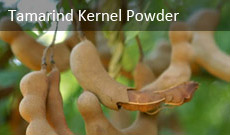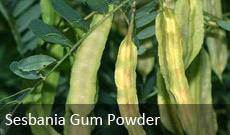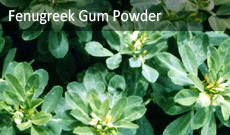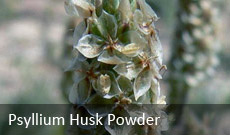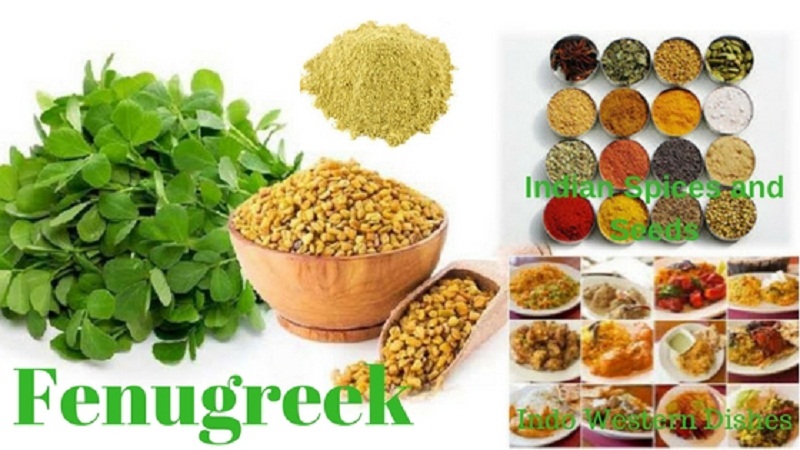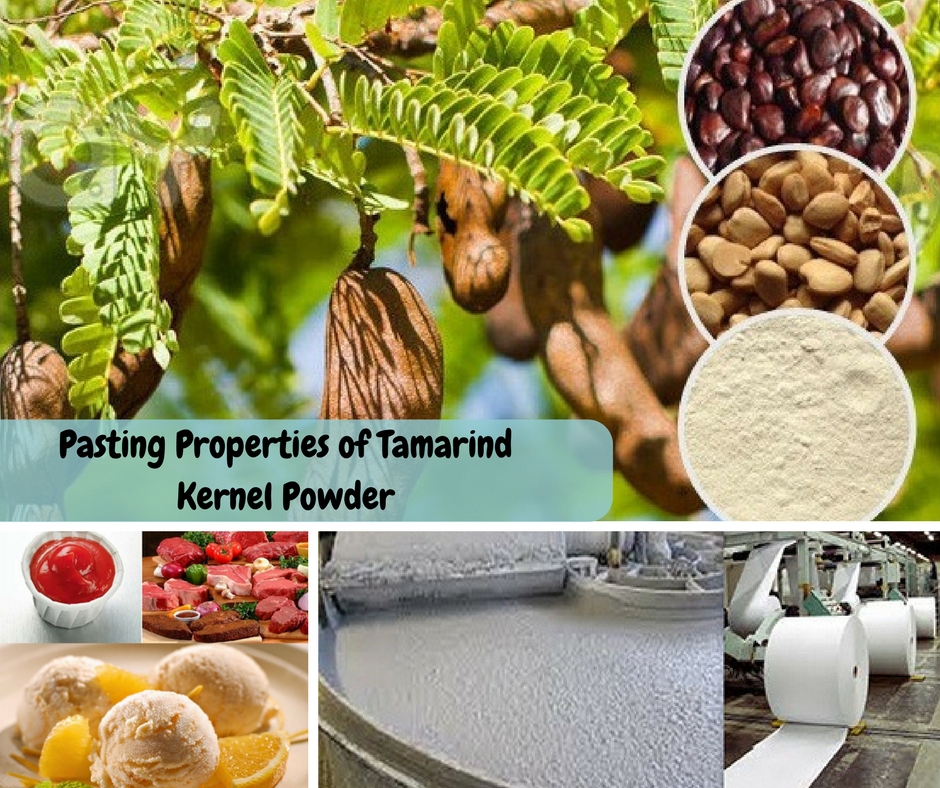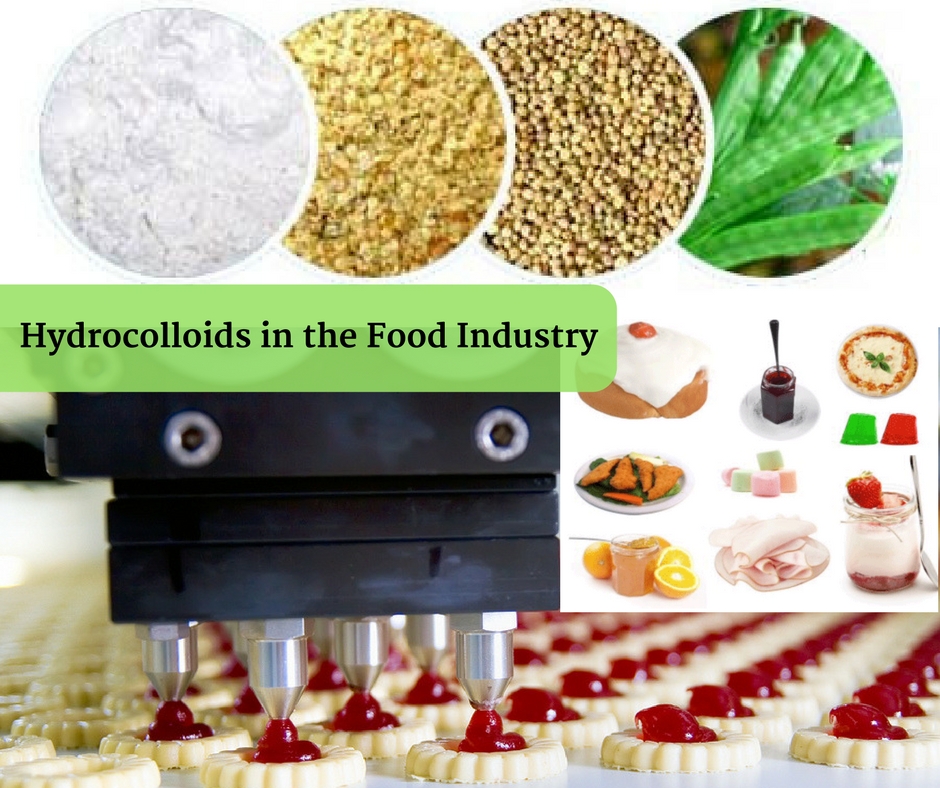In the indo western cuisines, the fenugreek is one of those ingredients that distinguish between cooking and excellent cooking. In many instances, dishes with fenugreek act as a marker of what people will think when they think of that dish.
The aroma of fenugreek alone has made many people sampling the Indo western dishes to arrive to conclusion that this part of the world has some of the best traditional dishes. The fenugreek used as a spice in food adds to a complex sweetness and a bit of subtle bitterness to sauces that have an amazing taste.
Action of Aromatics in Food
The use of aromatics in food has been practiced from long ago. Some of the basic aroma plants include the onions and garlic. They are herbs, spices and vegetables that are prepared in an oil base to enhance food flavor. The immersion in oil helps in releasing their inherent aroma and creating the foundational taste and smell to the food.
Fenugreek Combined with Aromatics
The fenugreek is a native crop to Asia and the Mediterranean regions and the seeds and leaves are edible. When the powder is combined with aromatic compounds and spices, the maple syrup flavor is transformed to resemble the dark caramel, to make the cuisine feel complete. In the catering industry, there is no replacement for the product.
Special Culinary Application of the Fenugreek
In specialized catering, this product can be used both as an herb and spice. The plant leaves can be obtained as frozen, fresh or dried. These are then added as leafy greens in the sauces and curries such as with potatoes. The dried leaves are most preferred as they are able to retain most of the flavor.
The fenugreek seeds are the most preferred of these products. They are usually cooked for a longer period of time and therefore able to infuse well with other aromas and flavors. Most experts therefore prefer starting with the seeds and finishing with the leaves to refresh the spice and enhance the intended flavor.
The bitterness of the seeds is reduced by pan roasting then added to pickle brines and homemade curry powders. The fenugreek gum powder has also been seen to work best with strong flavors such as the coriander, cumin and paprika to create a great sauce. It is worth noting that caution is needed because too much of it may make the food overly bitter.
Nutritional Benefits
In addition to the culinary benefits, there are added benefits from the fenugreek gum powder. The powder is among the naturally occurring polysaccharides sought for usage as release modifiers in drug delivery methods due to their safety, non-toxicity and benefits to the body. The gum power has also been noted to have a positive effect of lowering blood glucose levels.
Bottom Line
The fenugreek gum powder is a popular spice and flavor in various recipes. This popularity has spread from the Asian regions to other global markets. The gum also has other nutritional values and industrial applications including therapeutic applications.






